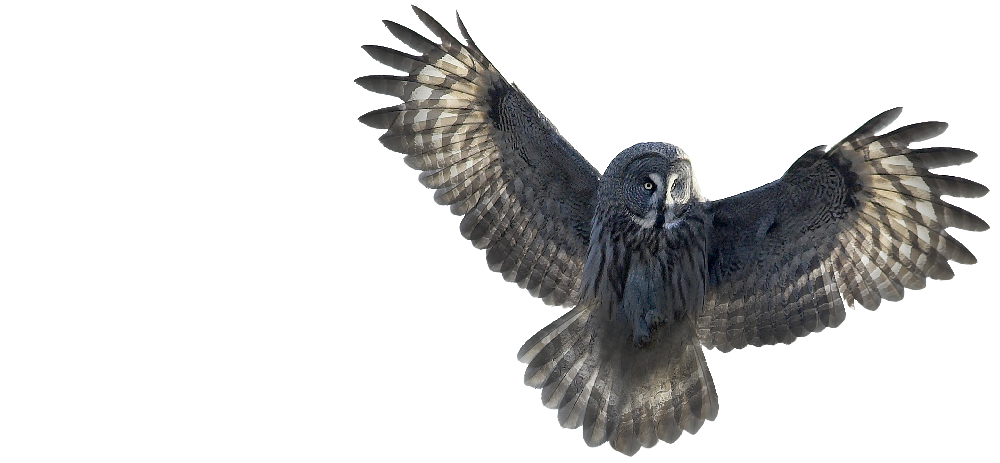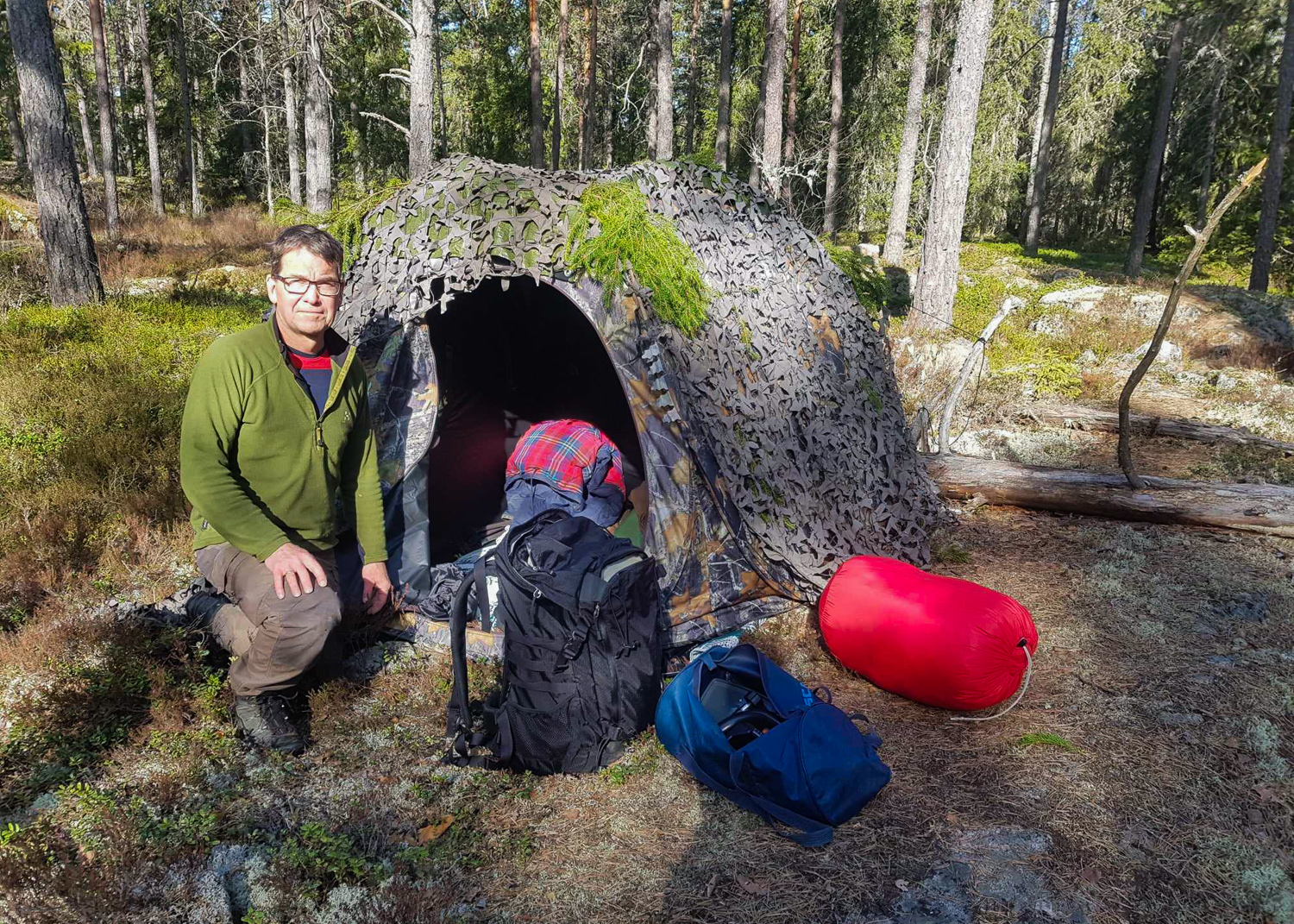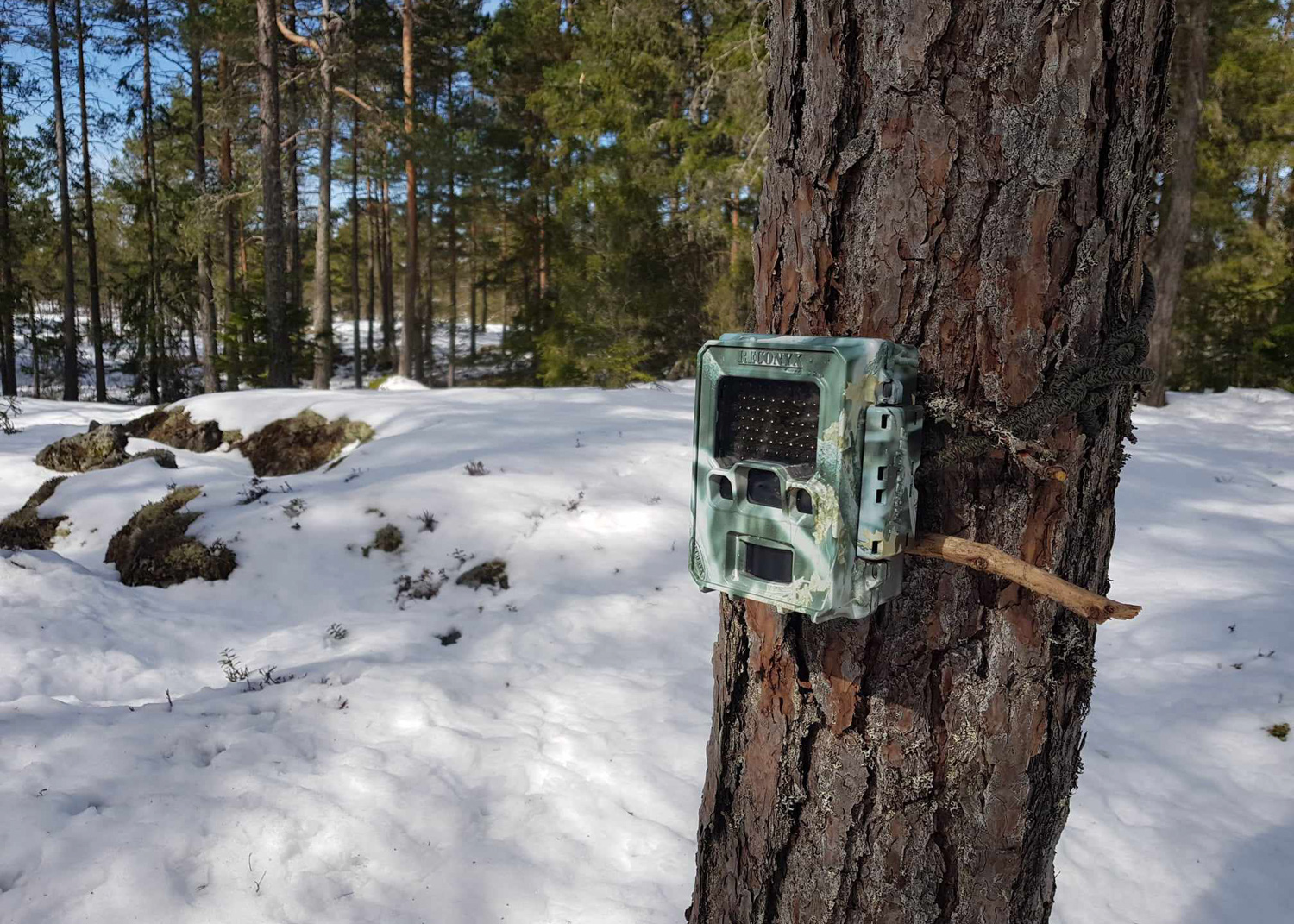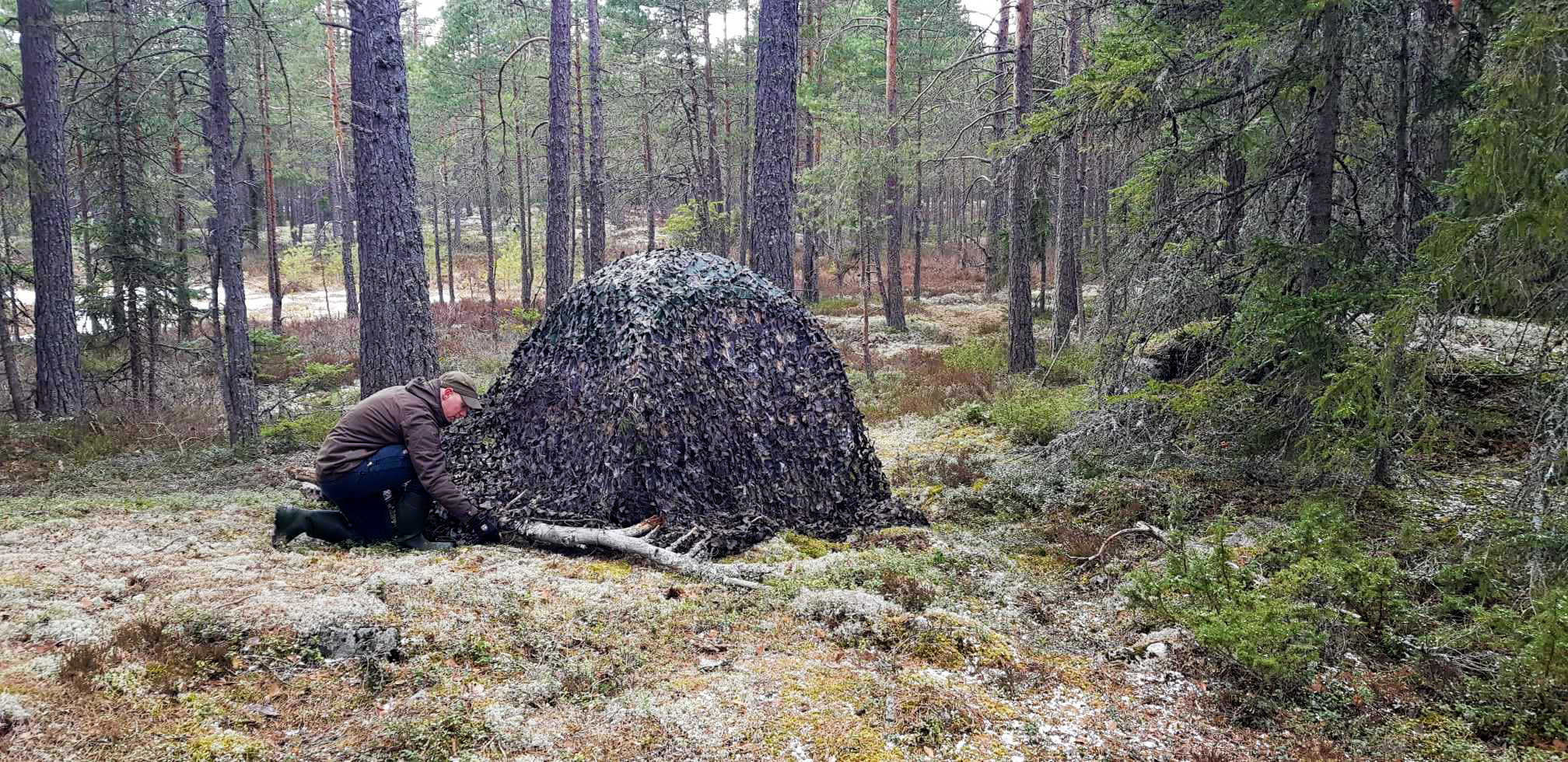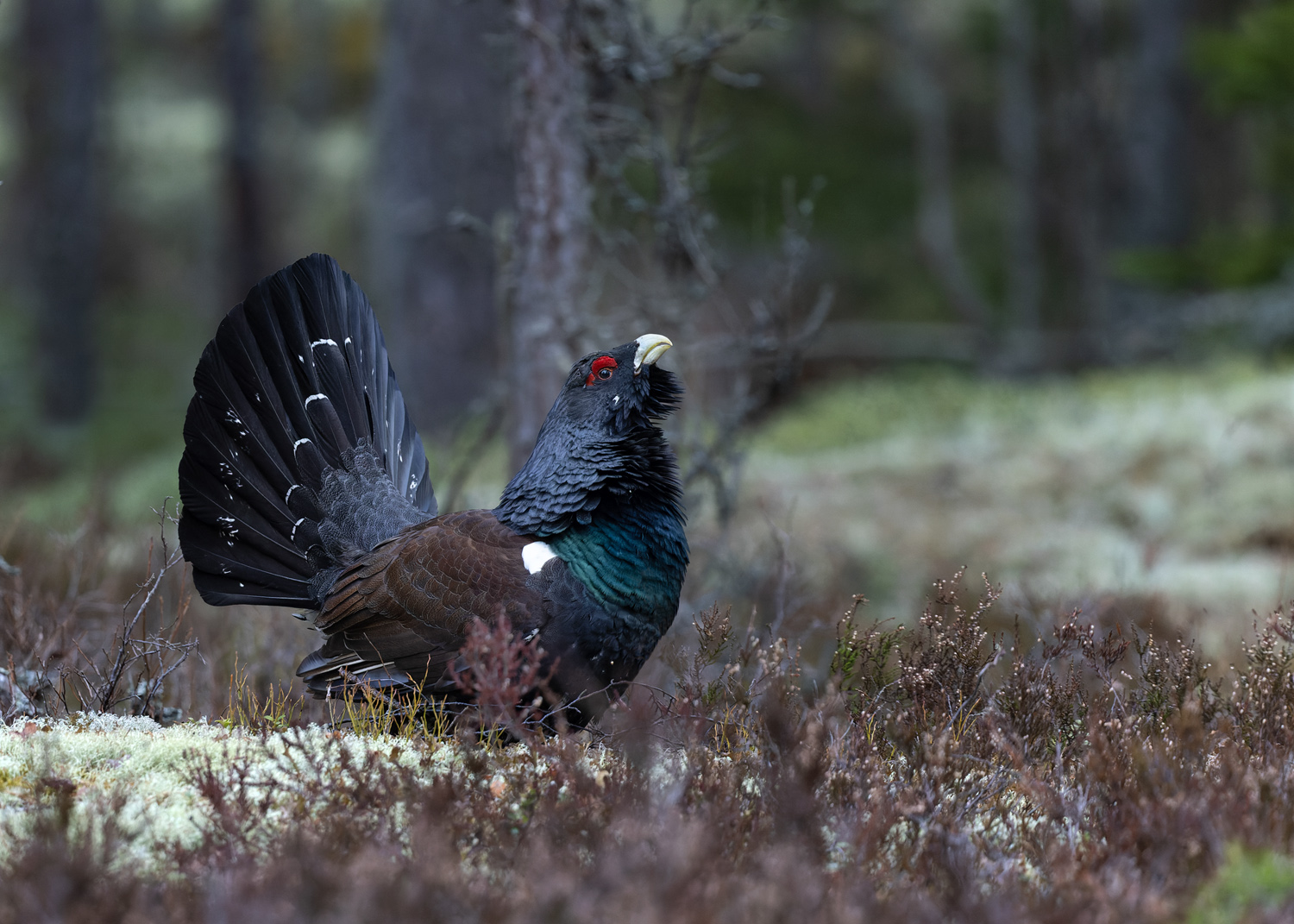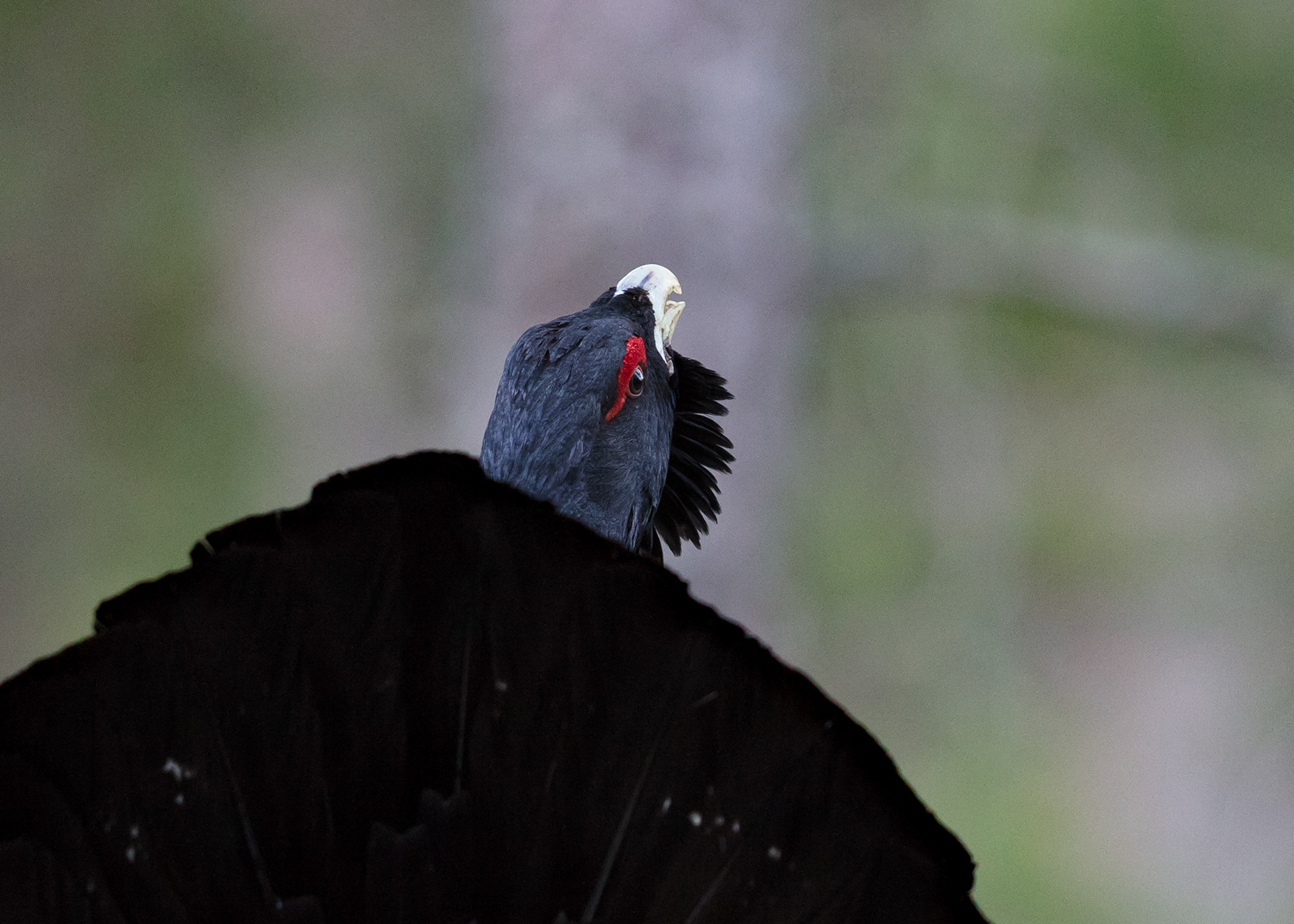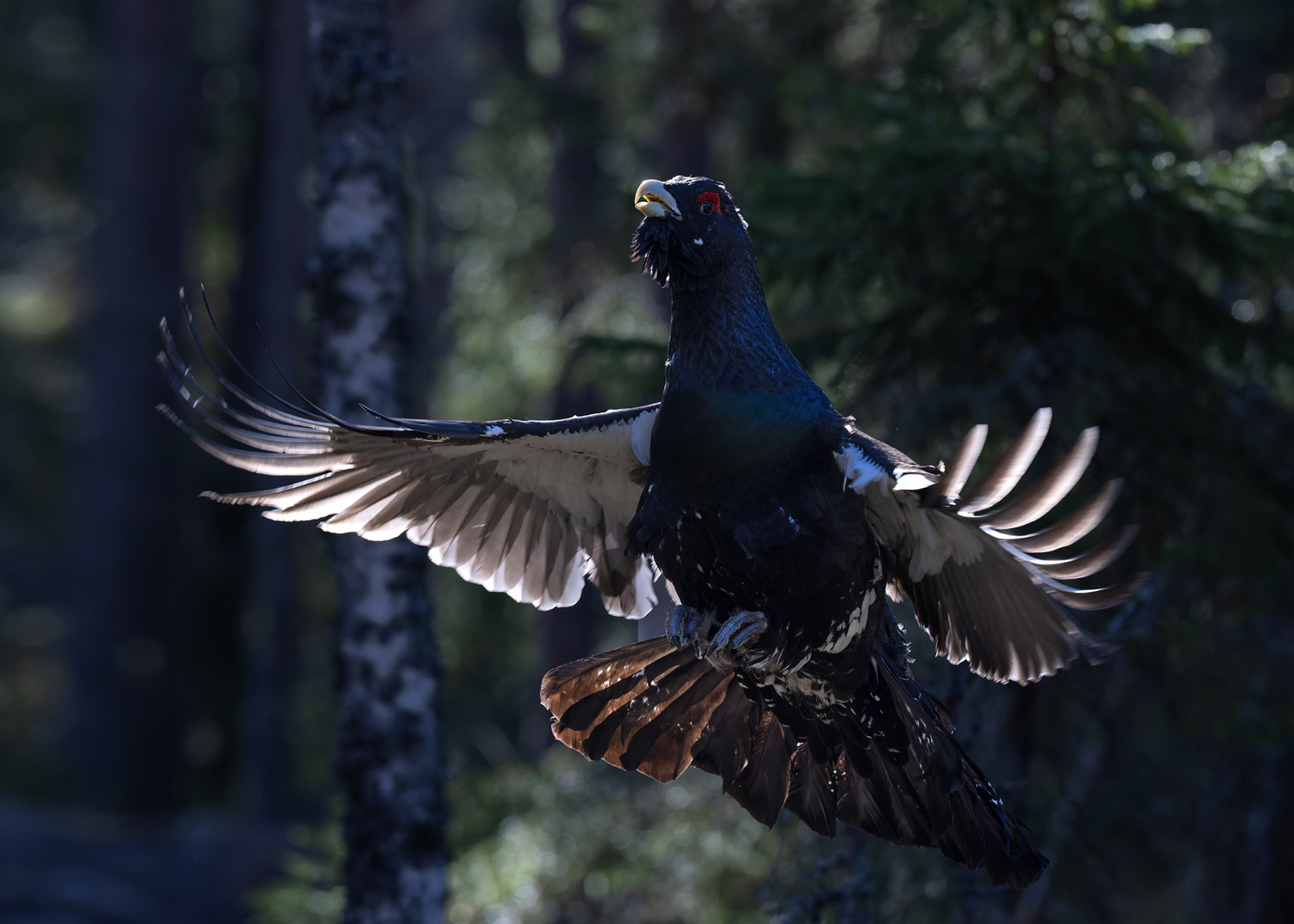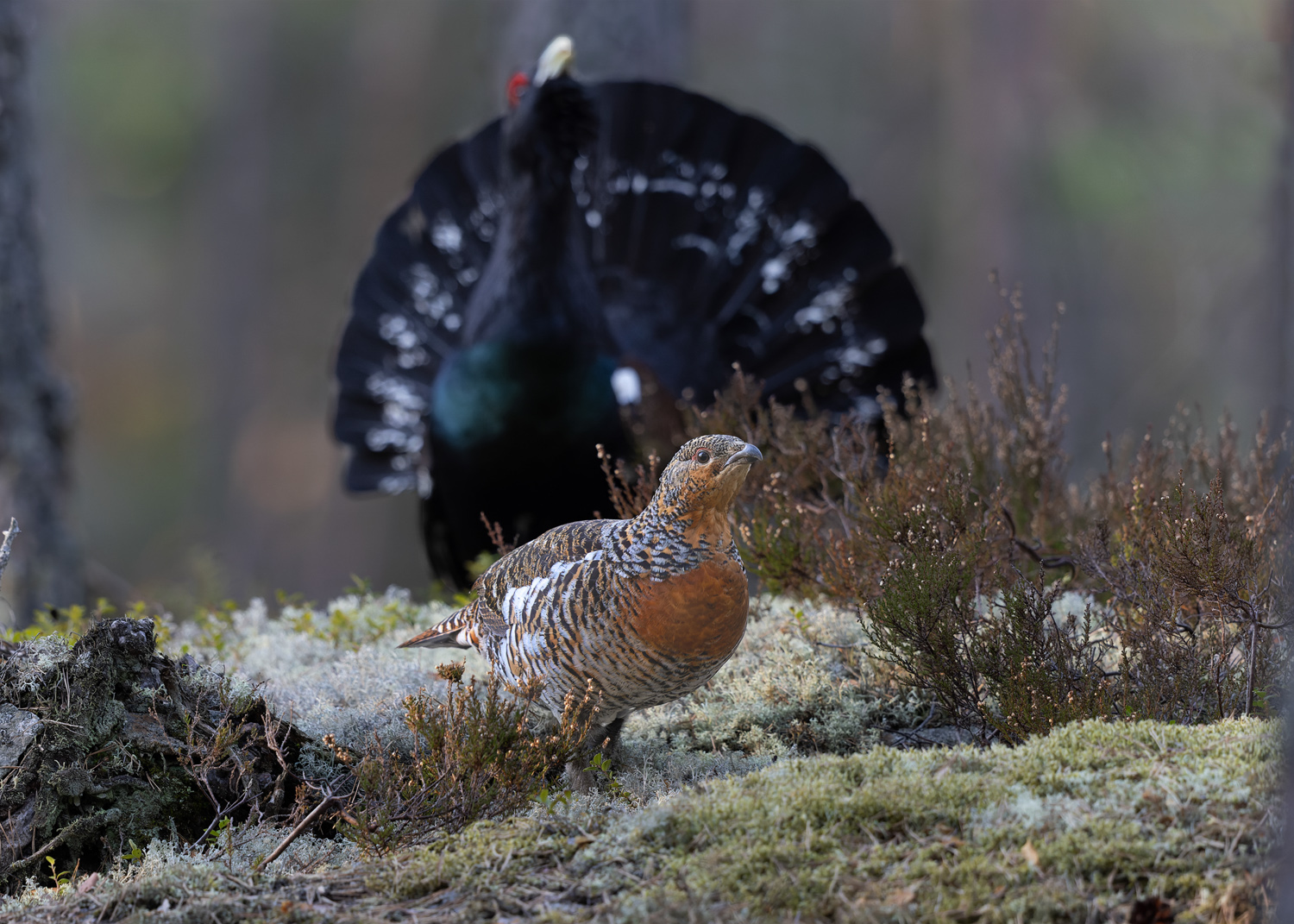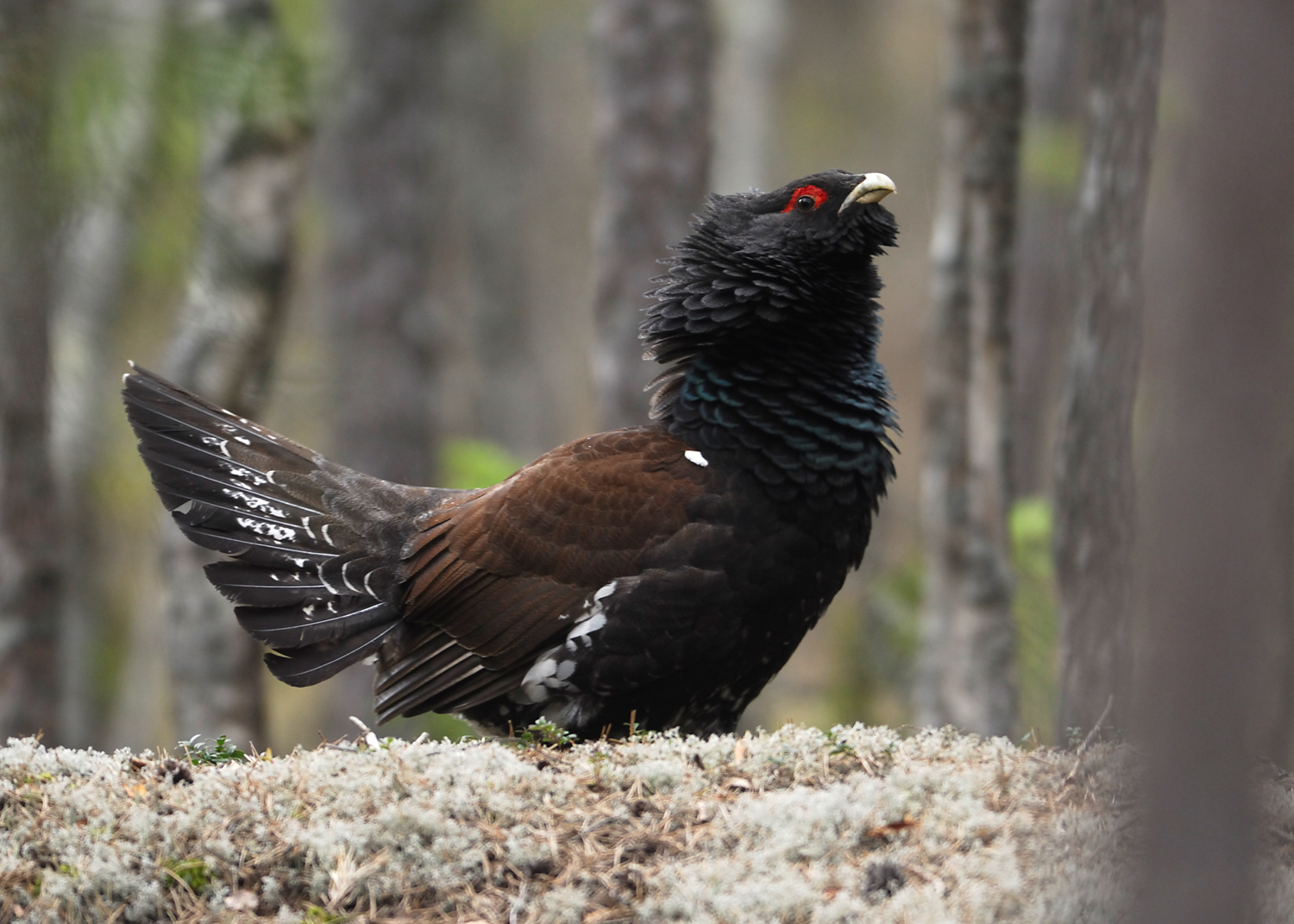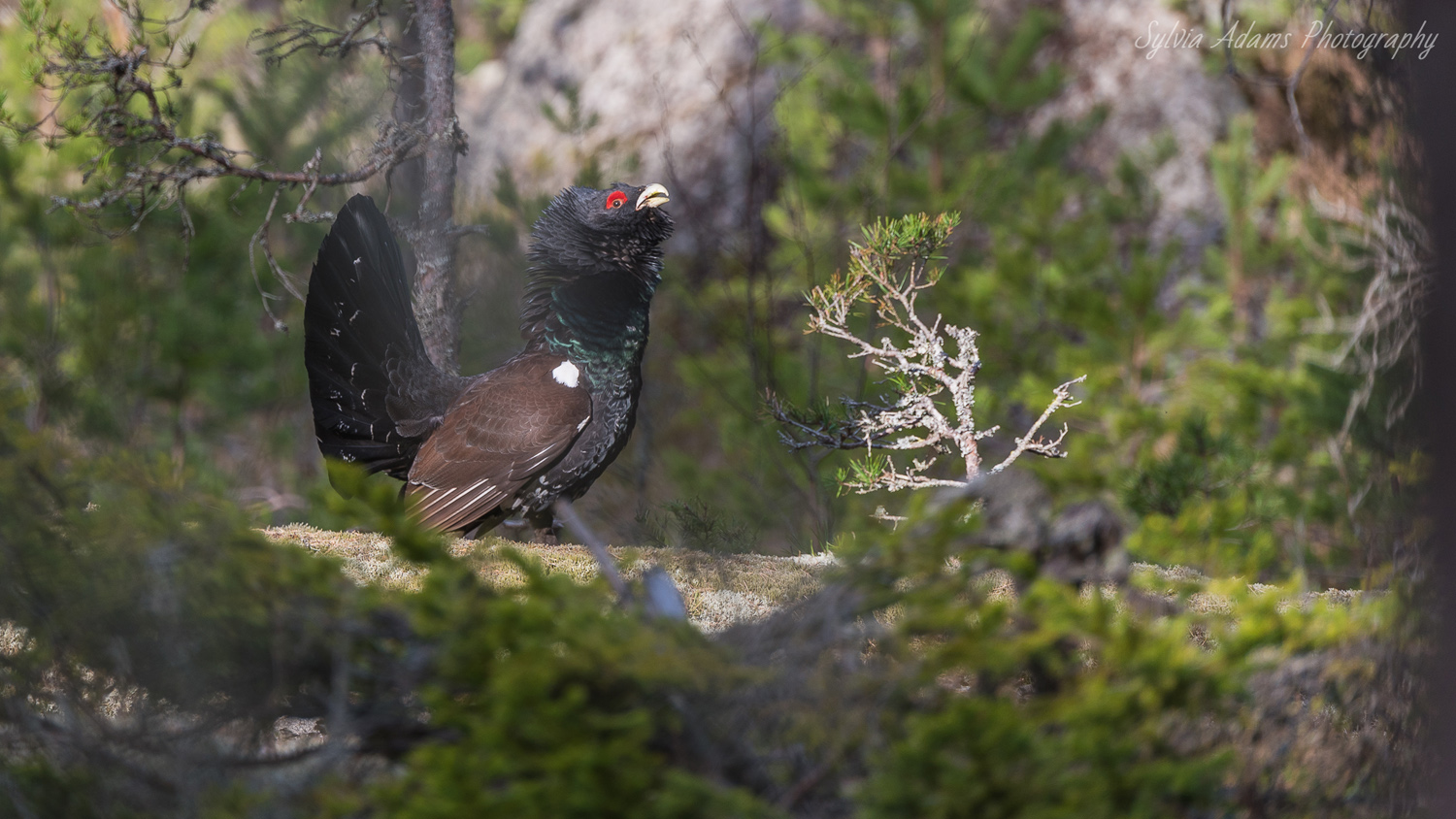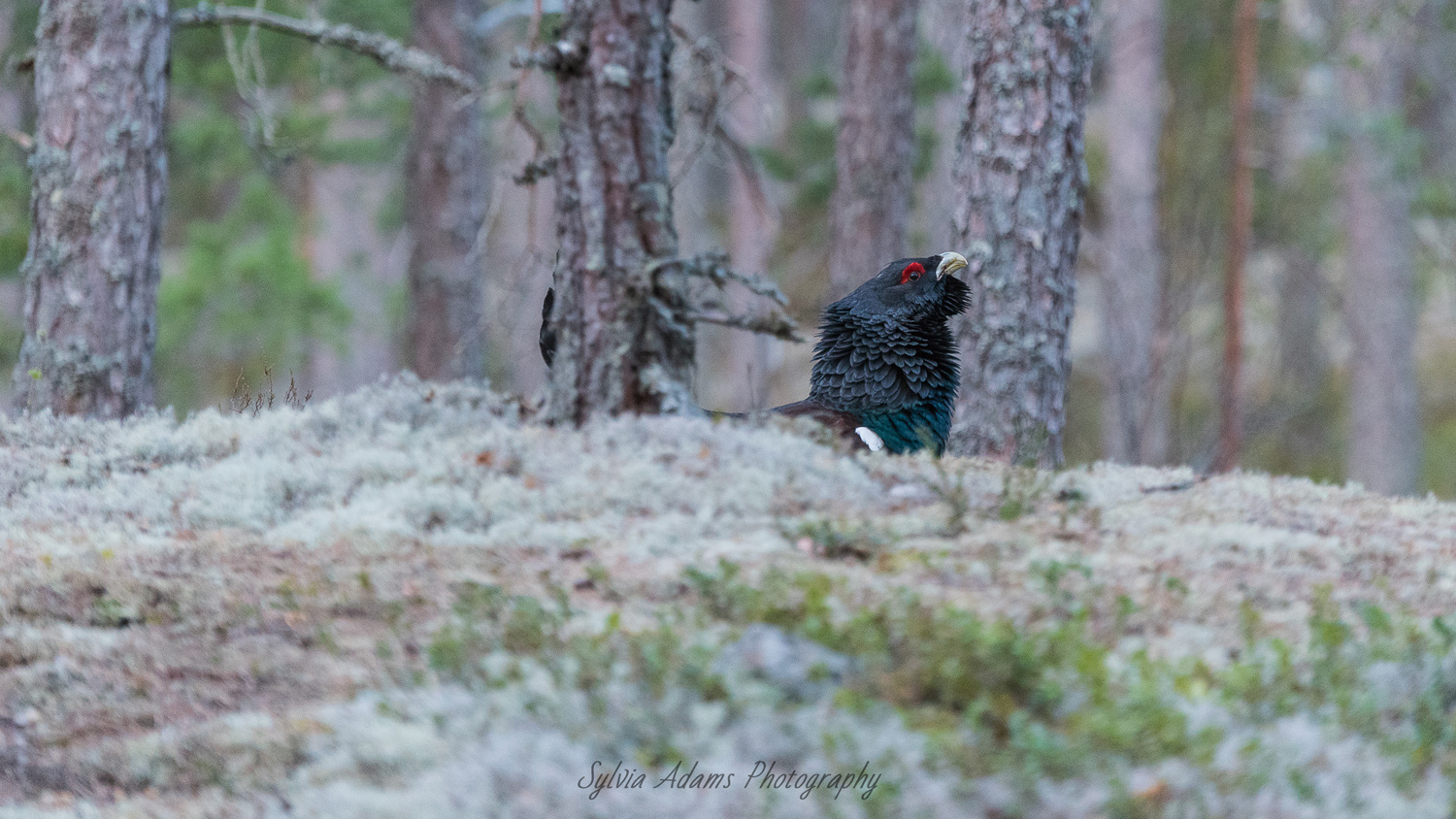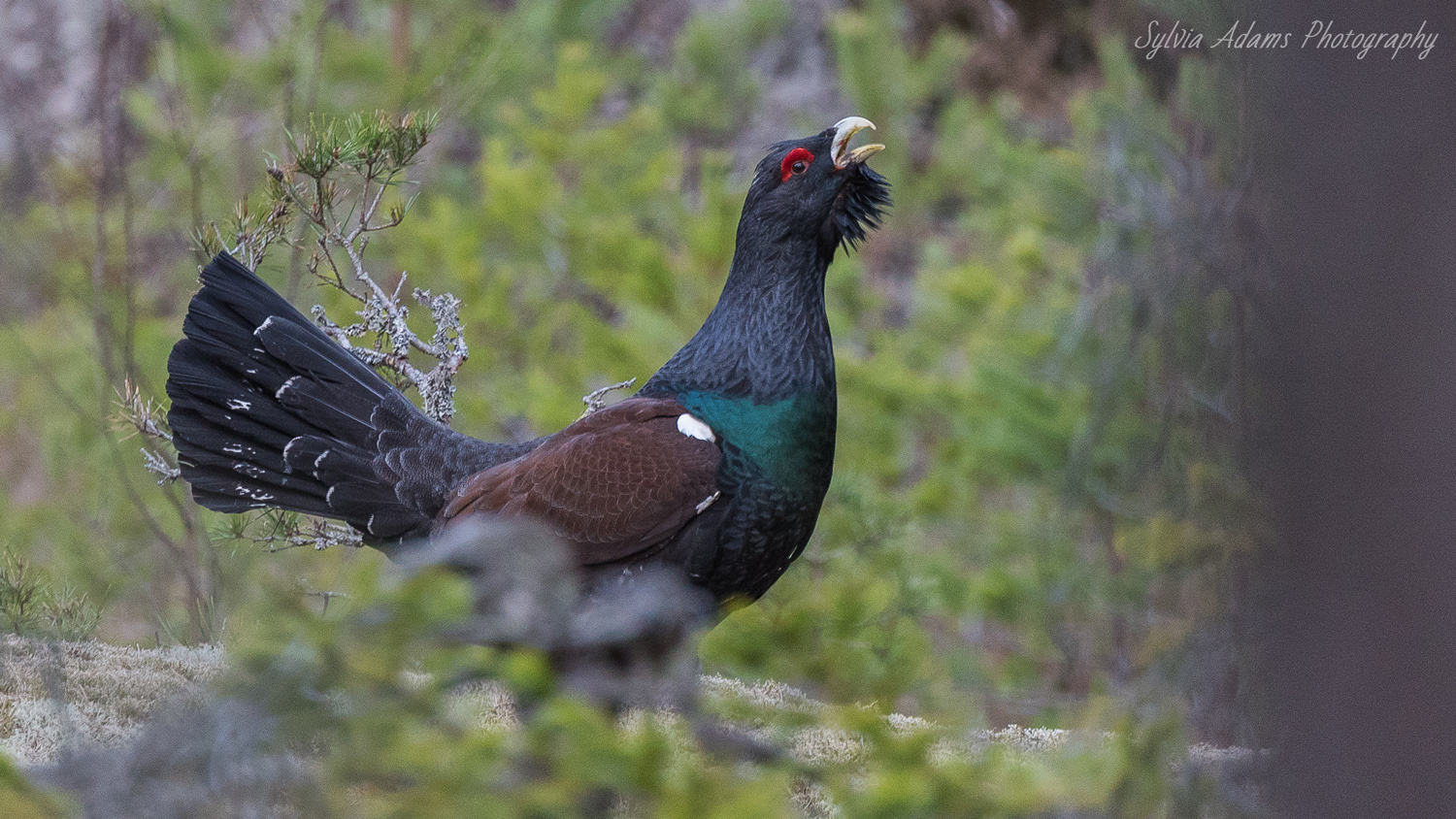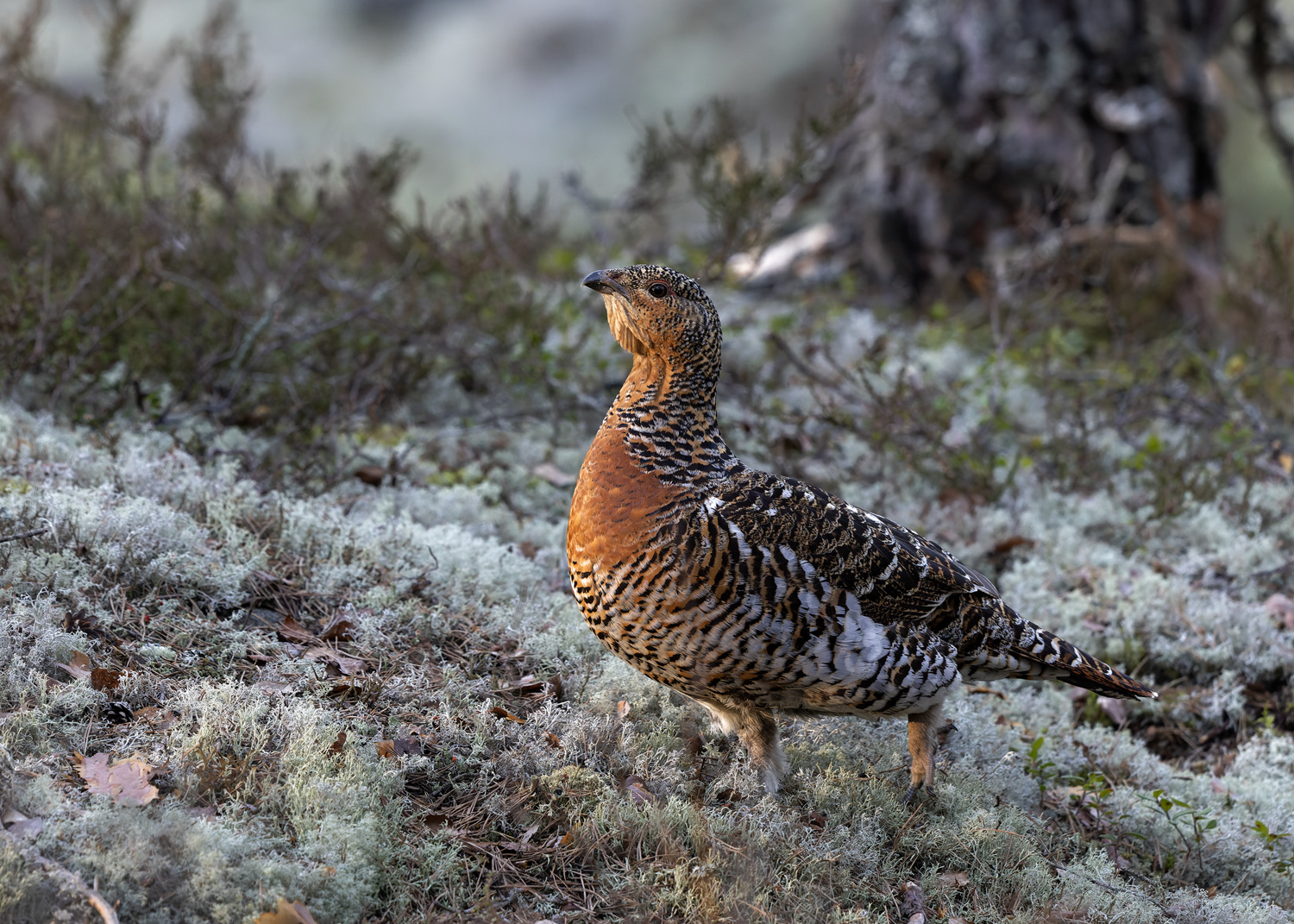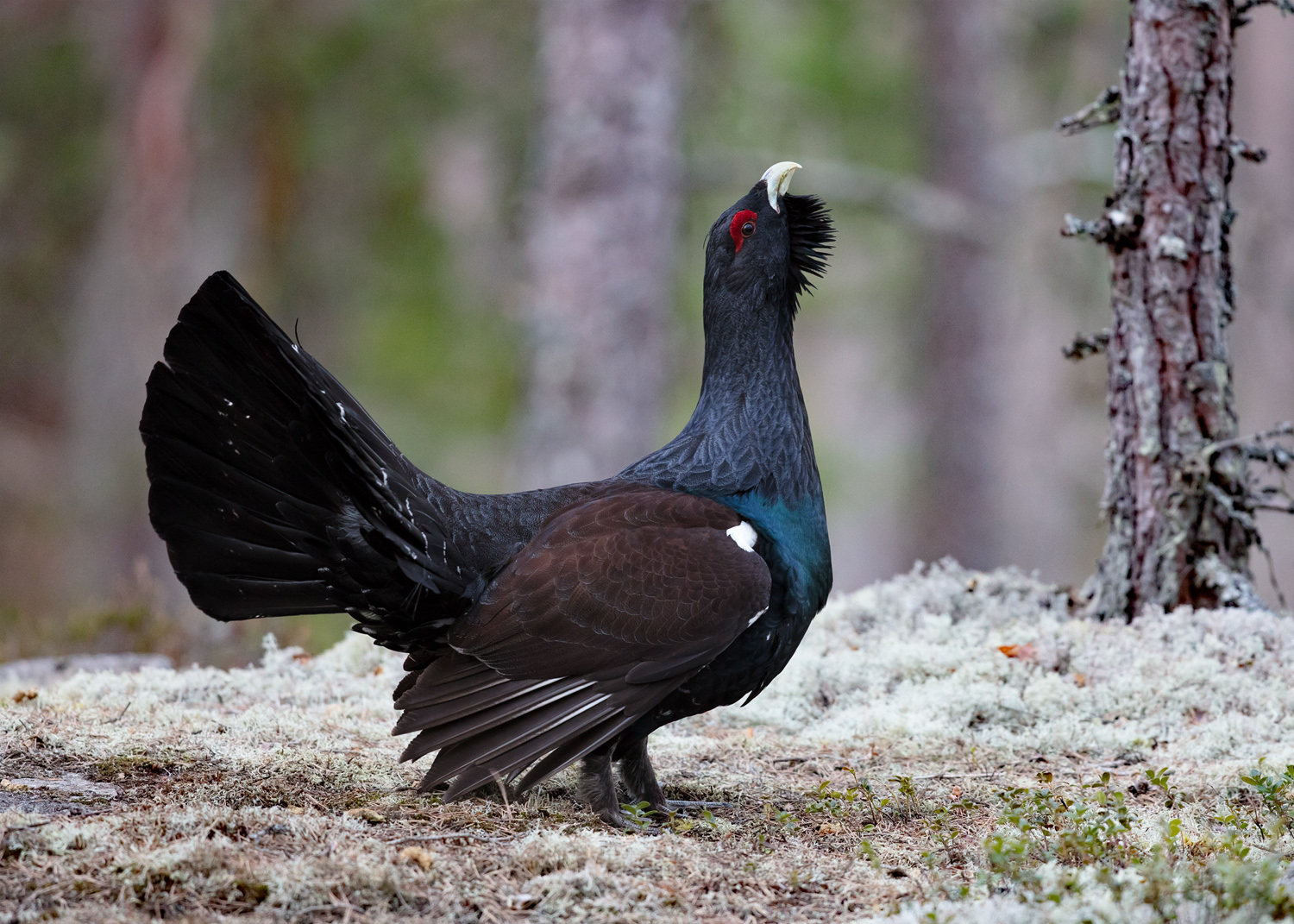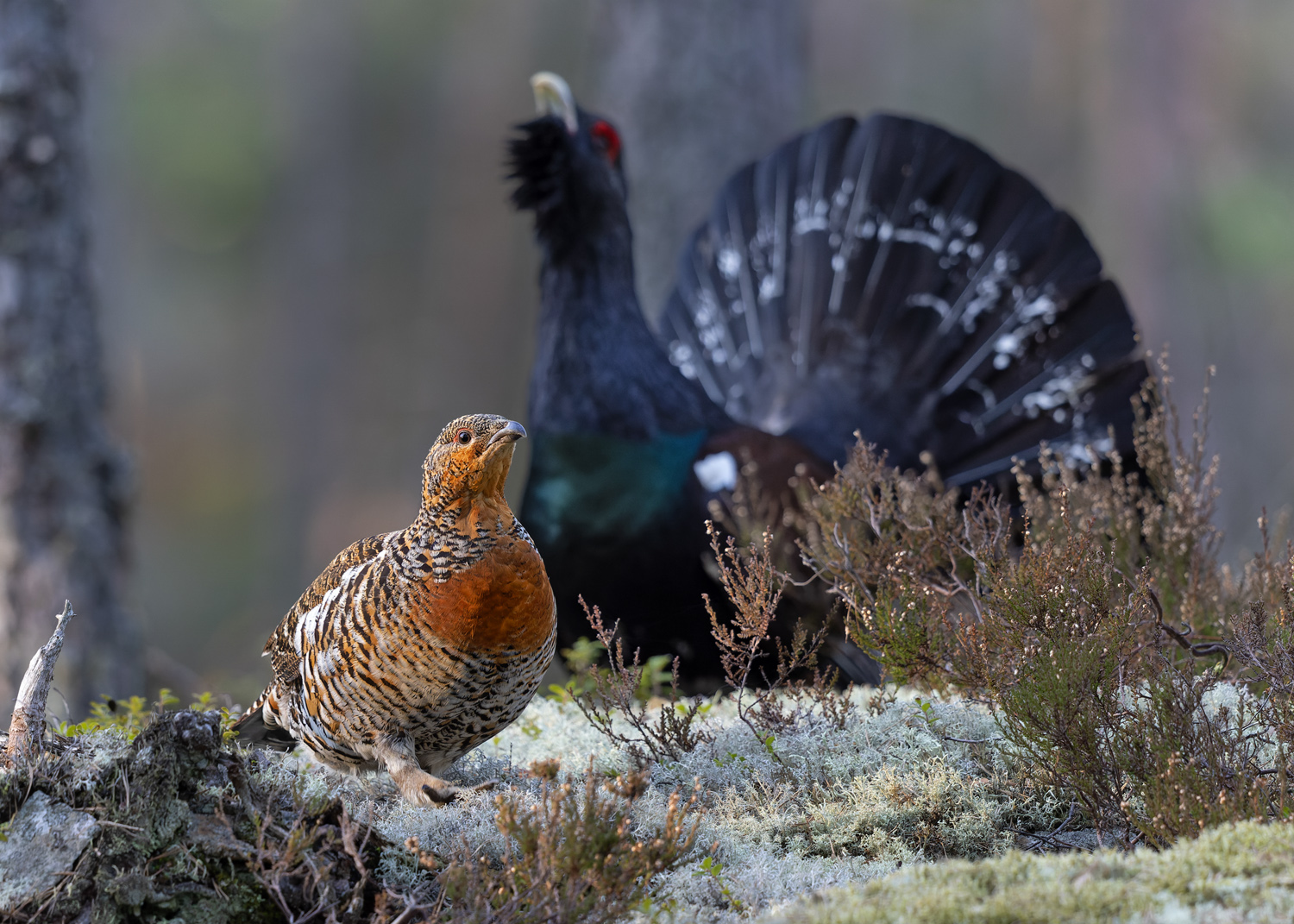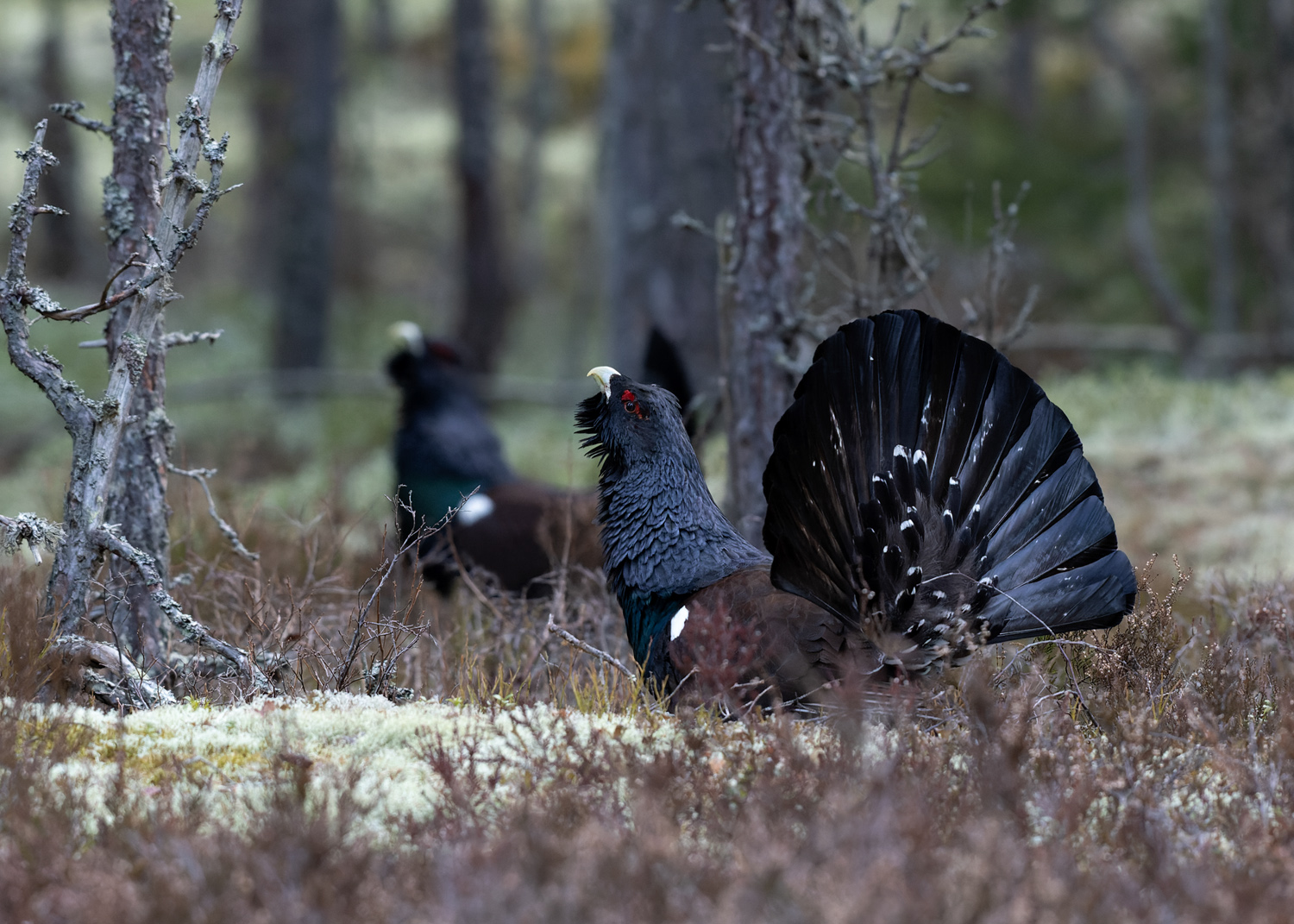Leking Capercaillies
10:th April – 5:th May
Leking Capercaillies
10:th April – 5:th May
When: 10:th April – 5:th May
Price: 2.850 SEK/ person
Capercaillie
Leking Capercaillie photography
Around 6 pm we silently approach the leking area and put ourselves in the portable tent hide placed just where the Capercaillie males usually perform. As you zip up the tent and get yourself comfortable it’s time to settle down and just lie down and listen to the sounds of the forest around you. Robins, Thrushes and Dunnocks sing. It doesn’t take long til you start hearing loud wingbeats from the trees above you as the first Capercaillies arrive to the night roost just above the leking site. Now it is important to be still and quiet so the approaching males will get confidence for the site and come down to display in the morning. Maybe you’ll wake up by the fluty call of a Pygmy Owl. Then it’s time to sit up and get your gear ready, trying to locate the Capercaillie males who have started to sing from the trees around you. They will soon descend to the ground and move around with their tails fanned as they utter their equally harsh sounds and surprisingly fine tunes.
Leking Capercaillie photography
Around 6 pm we silently approach the leking area and put ourselves in the portable tent hide placed just where the Capercaillie males usually perform. As you zip up the tent and get yourself comfortable it’s time to settle down and just lie down and listen to the sounds of the forest around you. Robins, Thrushes and Dunnocks sing. It doesn’t take long til you start hearing loud wingbeats from the trees above you as the first Capercaillies arrive to the night roost just above the leking site. Now it is important to be still and quiet so the approaching males will get confidence for the site and come down to display in the morning. Maybe you’ll wake up by the fluty call of a Pygmy Owl. Then it’s time to sit up and get your gear ready, trying to locate the Capercaillie males who have started to sing from the trees around you. They will soon descend to the ground and move around with their tails fanned as they utter their equally harsh sounds and surprisingly fine tunes.
The reindeer lichen rustles softly beneath our feet as we wander across the rocky terrain with slow-growing pines and twisted dry stems. It’s a beautiful, semi-open environment where human traces are almost completely absent.
The reindeer lichen rustles softly beneath our feet as we wander across the rocky terrain with slow-growing pines and twisted dry stems. It’s a beautiful, semi-open environment where human traces are almost completely absent.
Comfortable hides on nature’s terms!
We are constantly working on developing our hides based on comfort and photographic opportunities. When you sit in our hides, you can be sure that:

